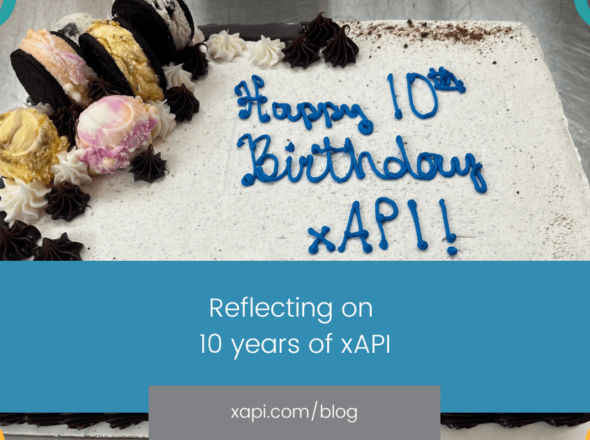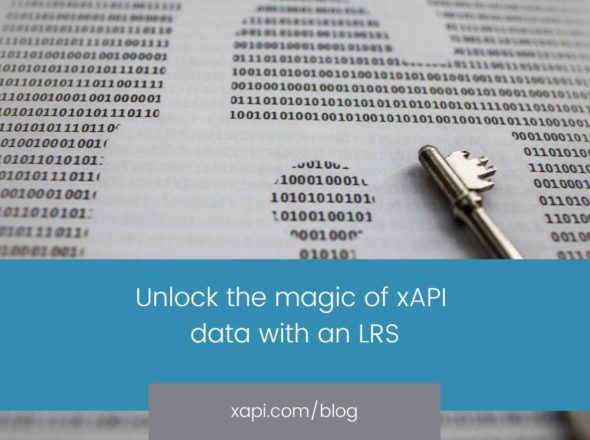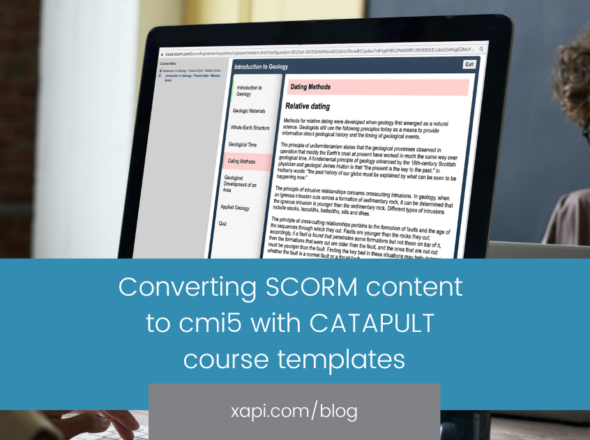We recently collaborated on a project to share statements between three LRSs by three different vendors. This three part blog series outlines the project, explores some use cases for sharing statements and then dives into the technical details. You’ll find similar (but distinct) blogs by the other project collaborators on the Saltbox and Learning Locker websites.
In the previous blog in this series I outlined five realistic scenarios in which an organization might have multiple LRS to share data between. This last blog dives into some of the technical approaches to share statements between two LRSs. If you’re looking more for how to set up Statement Forwarding in SCORM Cloud or Watershed, take a look at the News to Me: Statement Forwarding blog too!
One way sharing
One approach is to have one LRS share its statements with another. This means that all statements in one LRS are transferred to another, but any statements already in the second LRS are not transferred back to the first. This can either be achieved by one LRS sending statements to another, or by one LRS querying another for statements.
Two way sharing
An extension of one way sharing is to additionally share statements in the other direction such that all statements in each LRS are shared with the other. This can be achieved by:
- Both LRSs sending their statements to the other.
- Both LRSs regularly querying the other LRS to fetch statements.
- One LRS sending it’s statements to the other LRS and also querying that LRS for statements.
Man-in-the-middle application
It’s also possible to share statements using a 3rd party, man-in-the-middle application that sits outside the LRSs. This kind of application is configured to fetch statements from particular LRSs and send them on to other LRSs. The application doesn’t necessarily store the statements itself, it just fetches them and sends them on to their required destination.
Download and upload
Finally, statements can be between LRSs by downloading the statements as a JSON document from one LRS and uploading it to another. This method is particularly valuable for transferring statements where the LRSs are not able to directly connect to one another due to connectivity issues or security restrictions.
These methods of sharing are outlined in more detail in the whitepaper co-authored by the project collaborators. We’ve produced a screencast demonstrating the project proof of concept in action. You can also attend a webinar where we’ll discuss all of this in more detail!
We hope you’ll find the answer to any questions in the whitepaper, webinar and screencast, but if not, please do get in touch with any questions you have!



